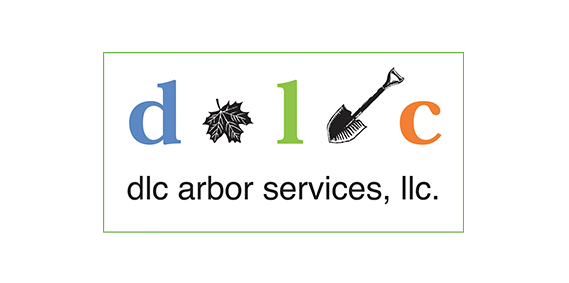The Emerald Ash Borer (EAB) has killed tens of millions of ash trees in twenty-one states in the U.S. and two provinces in Canada. These states have spent millions of dollars trying to slow down the spread of this tree insect. The EAB still reached Colorado 11 years after it was discovered in Michigan in 2002. Native ash trees have no resistance to the EAB. If a tree has 50 percent canopy loss, treatment is a waste of money and the tree will die. Homeowners should consider tree removal.
$1 Billion Potential Economic Impact Of The EAB in Denver
According to a discussion with Friends of Denver Parks last week, about 15 percent of the trees in Denver are ash. If there are 1.4 million trees in Denver, that means there are roughly 210,000 ash trees in Denver. There are many beautiful mature ash trees in Denver’s older neighborhoods and parks with 20 inches or greater diameter at breast height (DBH) ash trees.
Let’s assume the EAB kills all the ash trees in Denver. The city and its citizens would have to remove all the dead trees and their stumps. Infected wood cannot be shredded and dumped like most trees. Special precautions have to taken to prevent the spread of the EAB to other communities and states. These additional disposal measures will increase removal costs. Let us assume, that average costs to remove each tree is $750. This equates to $157,500,000. This cost would be spit between the Denver City Government and its homeowners.
It is estimated that a mature tree landscape equates to 5 – 10 percent of the value of a home. Mature trees add to the enjoyment of the home, provide shade and cooling and improve neighborhood quality of life. Denver homeowners with ash trees will loosing them reducing the value of their homes. According to the 2010 Census, the median home value of owner-occupied housing units in Denver is $246,300. There are 288,185 housing units in Denver. Let’s assume 15 percent of these homes have ash trees and their landscape value is 7.5 percent. Based on these assumptions, Denver home valuation would be reduced $799 million if all ash trees were removed.
The worst case impact in Denver if all the ash trees died and had to be removed would be about a $1 Billion. This is a conservative estimate since this number does not include the cost for EAB insecticide treatment or tree replacement. This number is not unreasonable. The EAB damage to the state Ohio was $7.5 Billion according to a study titled ‘The Potential Economic Impacts of Emerald Ash Borer (Agrilus planipennis) on Ohio, U.S., Communities’ by the International Society of Arboriculture in 2007. This economic impact is just for one state.
The best defense against the EAB is to be informed. Click here to got to the emerald ash borer page on this website. There is a good check list to keep handy if the EAB gets closer to Denver.
The blog was written using information from two publications.
North Central Integrated Pest Management , “Insecticide Options for Protecting Ash Trees from Emerald Ash Borer”. 2009
Arboriculture and Urban Forestry, “The Potential Economic Impacts of Emerald Ash Borer (Agrilus planipennis) on Ohio, U.S., Communities” by the International Society of Arboriculture in 2007.


Recent Comments